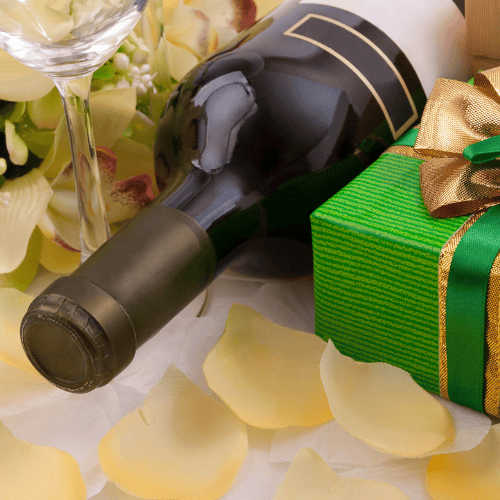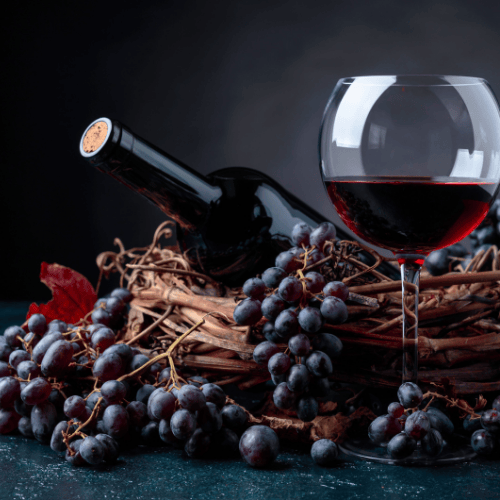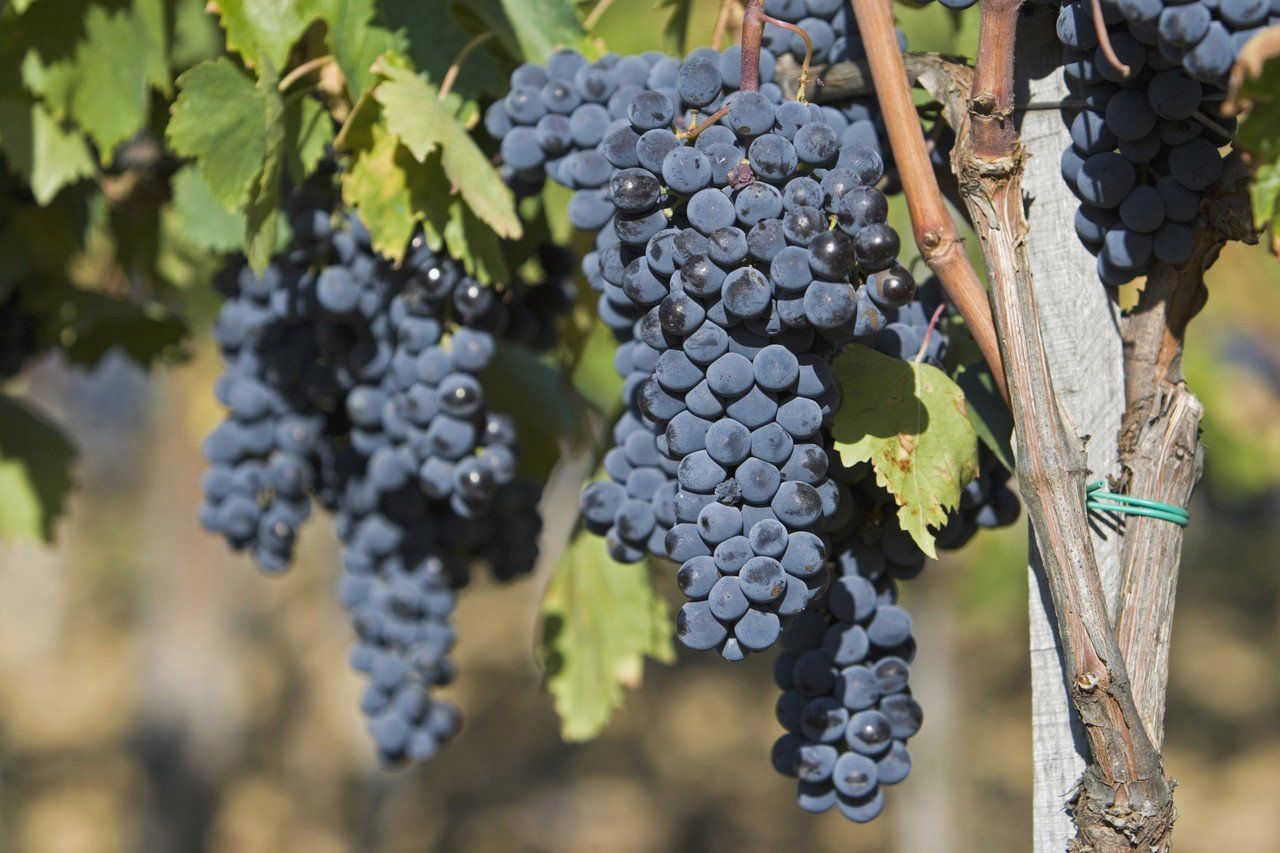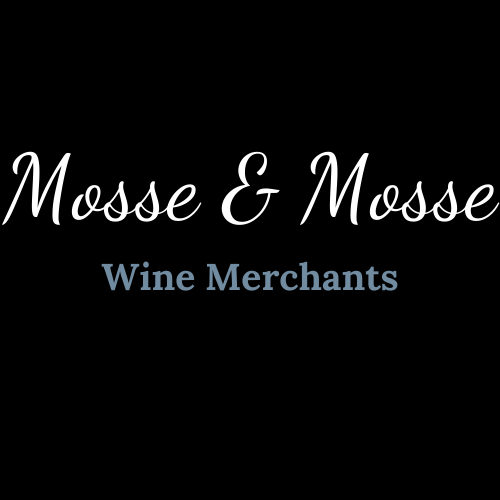Corporate Wine Gifts UK How to Impress Clients Colleagues with the Perfect Bottle
Corporate wine gifts in the UK are a sophisticated way to impress clients and colleagues. They show appreciation and strengthen business relationships.
Choosing the right wine gift can be a daunting task. With so many options available, it's important to select a gift that stands out.
Wine gift baskets and hampers offer a variety of wines and complementary items. These can include cheese, chocolates, and other gourmet treats.
Premium wine gifts often feature high-quality, well-known brands. They are perfect for making a lasting impression.
Personalization can enhance the impact of your gift. Custom labels or packaging add a unique touch.
Understanding the recipient's preferences is key. This makes the gift more meaningful and appreciated.
Corporate wine gifts can be tailored to fit your company's brand and message. They reflect your attention to detail and thoughtfulness.
Explore the world of corporate wine gifts in the UK. Discover how to impress with the perfect bottle.
Why Choose Corporate Wine Gifts in the UK?
Corporate wine gifts have become a popular choice for businesses across the UK. They combine elegance and thoughtfulness in a single package. Selecting wine as a gift demonstrates taste and sophistication.
Businesses use wine gifts to show appreciation to clients and colleagues. It's a gesture that can enhance relationships and create goodwill. Wine gifts can be part of a strategic approach to corporate gifting.
The UK offers a rich
variety of wines to choose from, catering to diverse tastes. From
local vineyards to
international selections, the possibilities are endless. This diversity allows businesses to tailor gifts to suit the recipient.
Here are a few reasons to choose corporate wine gifts:
They are versatile and suitable for various occasions.- Wine can be paired with other items for a comprehensive gift.
- The presentation of wine gifts can be striking and memorable.
Selecting the right wine gift can make a lasting impression. It's about more than the wine; it's about the experience it creates.

Understanding the Types of Corporate Wine Gifts
Corporate wine gifts in the UK come in various forms, each with its own charm. Understanding these types can help you choose the perfect gift.
Wine gift baskets and hampers are a popular option for their variety. They often include wines paired with gourmet treats like cheese or chocolates. This makes them ideal for both clients and colleagues alike.
Then, there are premium wine gifts. These usually feature high-quality and well-known wine brands. They're perfect for making an impression at a critical business meeting or event.
Single bottles of premium wine also hold a unique appeal. They can stand alone as a statement piece of refinement. Choosing a fine wine bottle showcases thoughtfulness and attention to detail.
To sum up, here are common types of corporate wine gifts:
- the Wine gift baskets: These often come with complementary items.
- Corporate wine hampers: These larger packages can include various wines and treats.
- Premium wine gifts: Focus on high-quality, distinguished brands.
- Single bottle selections: Choose a bottle for simplicity and elegance.
Selecting the right type of gift depends on your goals. Each option offers a different experience, catering to varied needs and occasions.

Wine Gift Baskets and Hampers
Wine gift baskets and hampers offer a delightful mix of wines and other treats. They serve as a complete package that can impress anyone. These gifts are ideal for special occasions and festive seasons.
The diversity in wine gift baskets allows for customization to suit preferences. You can choose a theme, add chocolates, or pair with cheeses. This thoughtfulness elevates the experience for the recipient.
Hampers cater to various tastes and showcase a range of wines. They might include items such as nuts, crackers, or even corkscrews. This adds extra layers of enjoyment beyond the wine itself.
Consider these common inclusions:
A selection of fine wines- Gourmet snacks like cheeses or chocolates
- Elegant accessories like corkscrews or wine glasses
Such a combination can make the gift feel opulent and thoughtful. It's an excellent choice for expressing gratitude or celebrating a milestone.
Premium Wine Gifts and Single Bottles
Premium wine gifts focus on luxury and high-quality selections. They're perfect for making a significant impact. These gifts often feature top wine brands that are recognized and revered.
Choosing premium wines can reflect well on the giver. It signals a commitment to quality and an understanding of fine tastes. This makes premium selections ideal for high-stake occasions or significant relationships.
Single bottles of premium wine offer simplicity and elegance in a single package. They are perfect for expressing refined taste without the need for extras. A carefully chosen bottle can speak volumes about appreciation and class.
When considering premium options, think about:
- Famous wine brands with a strong reputation
- Wines with unique characteristics, like specific vintages
- Presentation that highlights the wine's exclusivity
Opting for a premium wine demonstrates discernment and care. It's an ideal choice for when you want to impress and convey importance.
How to Select the Perfect Wine for Clients and Colleagues
Selecting the right wine for corporate gifts involves considering several factors. A well-chosen bottle can make a lasting impression. It shows thoughtfulness and understanding of the recipient's preferences.
First, understand your client's or colleague's taste. Consider their liking for
red,
white, or
sparkling wines. Knowing their wine preferences ensures the gift is appreciated.
Next, consider the occasion for which you're giving the wine. This influences the type of wine to select. For example, lighter wines are more suitable for summer gatherings, while richer wines are perfect for winter.
Budget is another crucial factor. High-quality wines are available across different price ranges. It's essential to choose a wine that fits within your budget while still being impressive.
Consider these key factors when selecting a wine:
Personal taste and preferences of the recipient- Suitability of the wine for the occasion
- A budget that allows for quality within means
By keeping these considerations in mind, you ensure the wine gift will be well received and meaningful.

Considering Taste, Occasion, and Budget
Choosing the perfect wine involves balancing taste, occasion, and budget. Understanding these elements helps create a memorable gift.
Taste is subjective but knowing the recipient's preferences is key. Whether they prefer red, white, or sparkling, this insight makes all the difference. It guarantees a more personal and thoughtful gift.
Occasions also play a vital role in the selection process. Celebratory events might call for something bubbly, while formal gatherings might suit a classic red.
Finally, always align your choice with a reasonable budget. Quality doesn't always mean high cost; excellent options exist for all price points. Balancing these factors ensures your gift is both pleasing and respectful of constraints.
Consider the following when making your choice:
Recipient's taste preferences- Nature and tone of the occasion
- Budget considerations
By thoughtfully considering these aspects, you can gift confidently, knowing you’ve selected the right wine.
Ethical, Sustainable, and Local Wine Options
Ethical and sustainable wines are gaining popularity in corporate gifting. Choosing such options reflects a commitment to the environment and community. It can also enhance the gift's perceived value.
Local wines, in particular, offer unique flavors. They highlight regional terroirs and support local businesses. This choice can also serve as a conversation starter about the wine's origin.
When selecting ethical and sustainable wines, look for certifications. Labels like Organic, Biodynamic, or Fair Trade indicate a commitment to eco-friendly practices. This adds a layer of consciousness to your gift.
Consider these options for a more responsible wine gift:
Organic wines: Free from synthetic chemicals.- Biodynamic wines: Holistic, eco-friendly practices.
- Local vineyards: Support nearby producers and economies.
By opting for sustainable or local wines, you're not just giving a gift—you're making a statement that aligns with broader values.
Personalisation and Branding: Making Your Gift Stand Out
Personalizing your corporate wine gift can significantly enhance its impact. A personal touch shows extra effort and consideration. Custom labels or packaging can be a simple yet effective way to add this personal element.
Branding the wine gift with your company logo is another powerful tactic. It subtly promotes your brand while maintaining the gift's elegance. This approach can also reinforce corporate identity and values to clients and colleagues.
Consider adding a thoughtful message or note. A personalized note can convey gratitude or congratulations, adding warmth to the gift. It’s the perfect finishing touch that makes the recipient feel valued.
Here are some personalization ideas to consider:
Custom labels: Reflect your brand and message.- Personalized notes: Add a heartfelt touch.
- Unique packaging: Make the gift visually appealing.
By incorporating personalization and branding elements, you transform a standard gift into an unforgettable experience. It demonstrates thoughtfulness, helping your gift stand out in a crowded field.

Presentation Matters: Packaging and Delivery Tips
When it comes to corporate wine gifts, presentation plays a crucial role. Elegant packaging can enhance the perceived value of the wine. A well-packaged gift exudes quality and attention to detail, leaving a lasting impression.
Consider using high-end materials for wrapping or boxing. Wood boxes or polished gift bags can elevate the presentation. A well-chosen package not only protects the wine but also adds a touch of sophistication.
Ensure timely and reliable delivery to maximize the impact. Select a dependable courier service to avoid delays. Proper timing can amplify the sentiment behind your gift, especially when aligned with special occasions.
Key packaging and delivery tips:
Choose quality materials: Adds perceived value.- Ensure careful wrapping: Keeps the wine secure.
- Select a reliable courier: Timely delivery is essential.
When and How to Send Corporate Wine Gifts
Timing plays a pivotal role in the art of corporate gifting. Sending wine gifts during key moments like holidays, project completions, or business anniversaries can enhance their impact. A well-timed gift reflects thoughtfulness and strengthens relationships.
When sending your wine gifts, choosing the right method is key. Direct delivery to the recipient's location ensures convenience and surprise. Including a handwritten note adds a personal touch and shows genuine appreciation.
Key considerations for sending wine gifts:
Align with important dates: Increases relevance.- Opt for direct delivery: Convenient and impactful.
- Add a personal note: Enhances emotional connection.
Top Wine Gift Ideas for Corporate Gifting UK
Finding the perfect wine gift can be both exciting and challenging. Ensuring your gift is memorable involves creativity and a touch of flair. Whether it's a festive hamper or a premium bottle, the key is to match the gift with the recipient’s taste and occasion.
Corporate wine hampers offer a delightful experience with their variety. They often include a selection of wines, paired with gourmet treats. This combination not only pleases the palate but also adds a sense of occasion.
For a more sophisticated option, consider a premium bottle of wine. Selecting a high-quality vintage or a unique international wine can create a lasting impression. Personalization through custom labels or packaging can add a distinctive personal touch.
Innovative wine gift ideas:
Custom wine baskets: With gourmet pairings.- Local vineyard selections: Showcase regional excellence.
- Exclusive wines: From renowned labels.
The Benefits of Corporate Wine Gifting for Business Relationships
In the corporate world, gifting can strengthen bonds with clients and colleagues. Wine gifts often symbolize sophistication and appreciation, making recipients feel valued.
These gifts can lead to enhanced business relationships and open new opportunities. A well-thought-out wine gift showcases thoughtfulness, leaving a lasting impression.
Beyond individual rapport, wine gifts can reflect a company’s brand and values. They offer an opportunity to highlight quality and attention to detail, enhancing the company’s image.
Key benefits of wine gifting:
Builds goodwill: Fosters positive relationships.- Shows appreciation: Acknowledges important partnerships.
- Enhances company image: Demonstrates sophistication.

Frequently Asked Questions About Corporate Wine Gifts UK
What makes a good corporate wine gift?
A good corporate wine gift aligns with the recipient's tastes and preferences while maintaining a touch of class.
Is personalization important in wine gifts?
Yes, personalization, such as custom labels or packaging, can make a wine gift more memorable and significant.
Are there specific wines favored for business gifting?
Premium wines or classic selections like Bordeaux and Champagne are often preferred. These choices convey quality and taste.
Does the presentation of the wine gift matter?
Absolutely. Elegant packaging and timely delivery can elevate the entire gifting experience, leaving a positive impression.
Quick considerations for corporate wine gifting:
- Align wine selection with recipient's preferences.
- Customize for personalization.
- Ensure luxurious presentation.
Conclusion: Impress and Build Lasting Connections with the Perfect Bottle
Corporate wine gifts in the UK offer a distinct opportunity to express appreciation and strengthen business ties. Selecting the right wine gift involves thoughtful consideration of the recipient's taste and the occasion.
By choosing premium wines and personalizing the presentation, you can create a memorable experience. Such gestures not only enhance your brand image but also foster long-lasting relationships with clients and colleagues. A well-chosen bottle can be the perfect bridge to future success.







